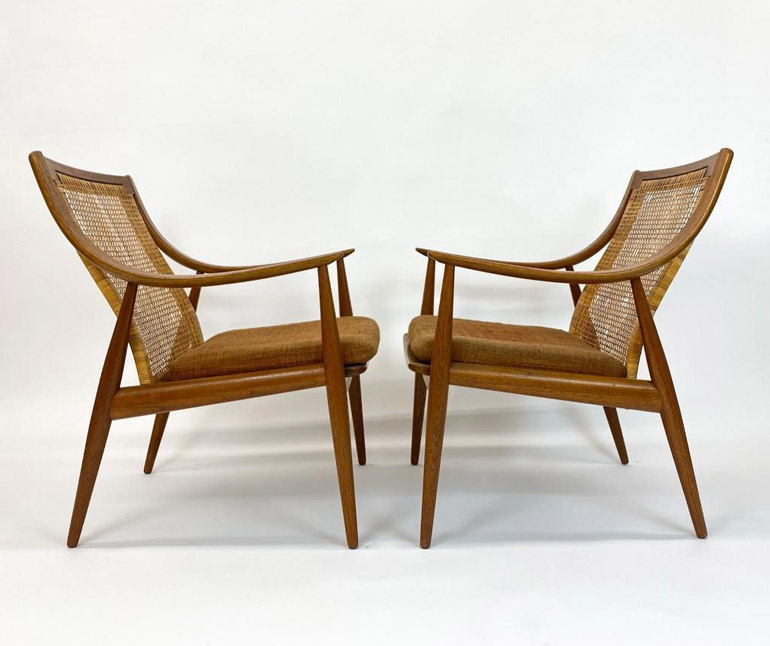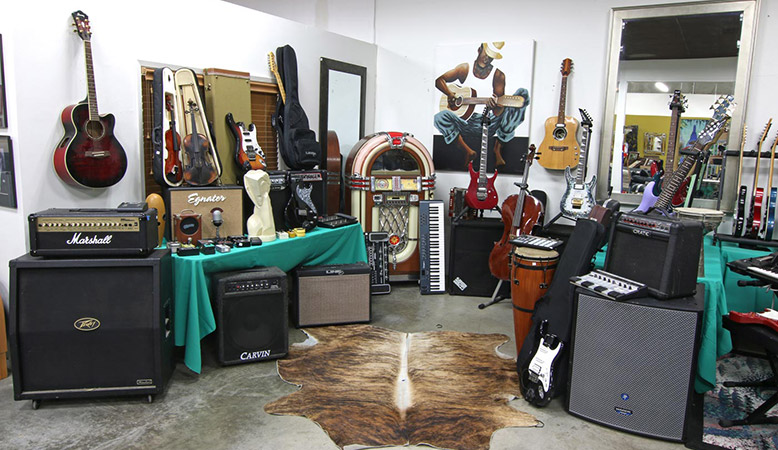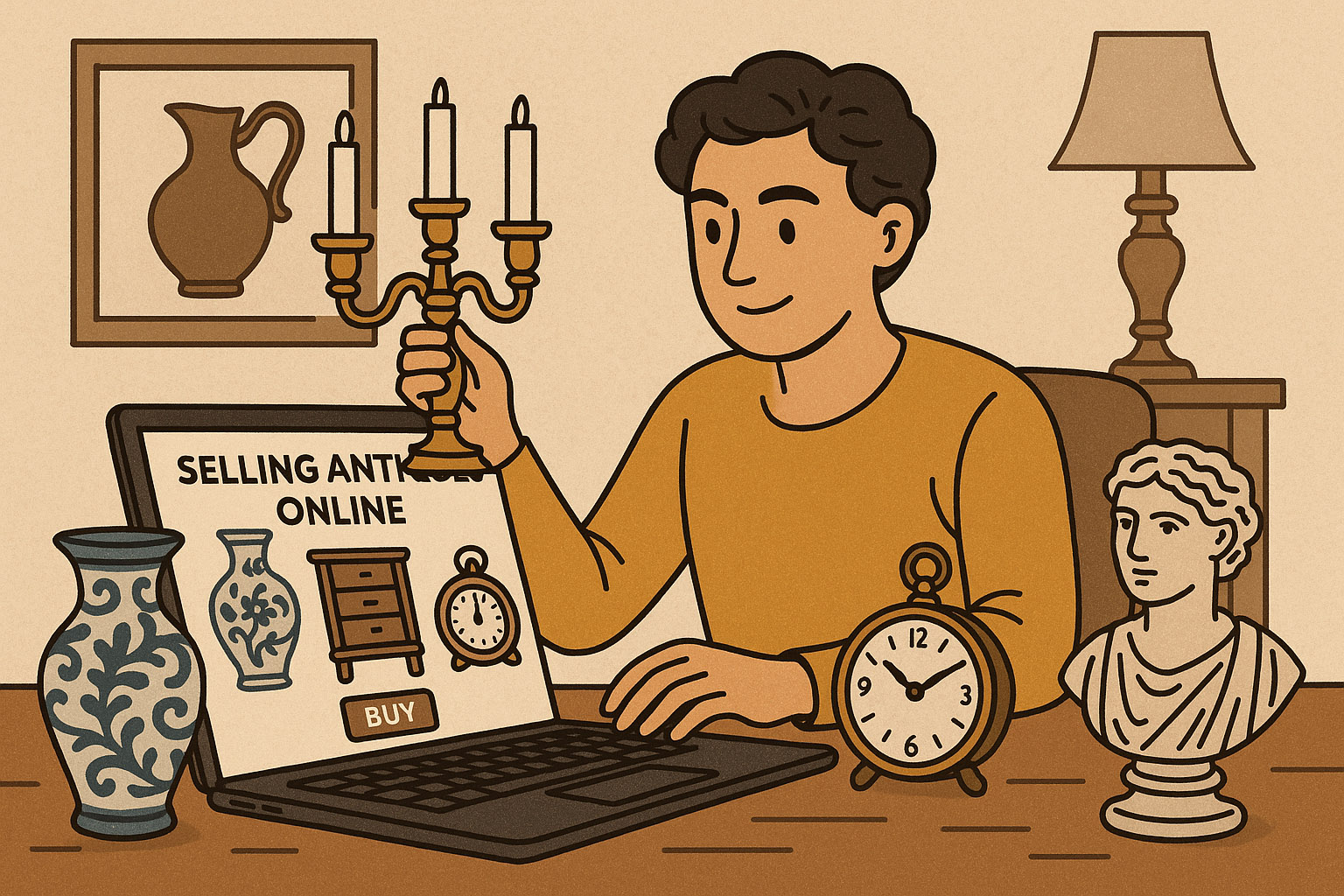In the ever-evolving world of online commerce, selling antiques presents a unique opportunity to connect with collectors and enthusiasts worldwide. As a leader in the industry, Hughes understands the nuances of the antique market through our estate sales services and online auction platform. We're committed to helping sellers maximize their success. Here's a comprehensive guide featuring 20 essential tips to effectively sell antiques online, ensuring both profitability and customer satisfaction.
Introduction: The Digital Antique Marketplace
The digital revolution has reshaped the way antique sellers reach their audience. Platforms like eBay, Etsy, specialized antique marketplaces, and curated online auction houses like Hughes have opened doors for sellers to showcase their treasures globally. However, navigating these platforms requires strategic planning and a deep understanding of the market. At Hughes, we emphasize the importance of expertise, authenticity, and customer engagement to thrive in this competitive landscape.
1. Know Your Antiques
Before listing any item, ensure you have a detailed understanding of its history, origin, and value. This knowledge not only helps in setting a fair price but also builds trust with potential buyers. Utilize online resources and consult with experts to authenticate and appraise your items accurately.
2. Choose the Right Platform
Different platforms cater to varying audiences. For instance, eBay offers a massive marketplace ideal for a wide range of antiques, while platforms like Ruby Lane specialize in vintage jewelry and dolls, as well as antique furniture, attracting niche collectors. Evaluate the platform that aligns with your inventory and target audience.
3. High-Quality Photography
Invest in professional photography to capture the true essence of your antiques. High-resolution images from multiple angles, highlighting intricate details and any imperfections, give buyers a clear representation, reducing the likelihood of returns.

4. Craft Compelling Descriptions
Write detailed, engaging descriptions that tell the story of each piece. Include its age, origin, any marks or signatures, and its condition. A narrative that connects emotionally with the buyer can significantly enhance the perceived value of the item.
5. Set Realistic Pricing
Research comparable items to set a competitive yet profitable price. Consider factors like rarity, condition, and market demand. Regularly review and adjust prices based on market trends and feedback.
6. Build a Strong Brand
Establish a consistent brand identity across all platforms. This includes your logo, color scheme, and voice. A cohesive brand fosters trust and recognition, encouraging repeat business.
7. Leverage Social Media
Engage with potential buyers through social media platforms. Share stories, behind-the-scenes content, and new listings to build a community around your brand. Platforms like Instagram and Pinterest are particularly effective for visually-driven products.
8. Prioritize Customer Engagement
Respond promptly to inquiries and provide transparent communication throughout the buying process. Excellent customer service can lead to positive reviews and word-of-mouth referrals.
9. Offer Flexible Payment Options
Incorporate various payment methods, including credit cards, PayPal, and digital wallets, to accommodate buyer preferences and streamline transactions.
10. Ensure Secure Packaging and Shipping
Use high-quality materials to pack your items securely. Consider insurance and tracking for valuable pieces to protect against loss or damage during transit.
11. Utilize SEO Techniques
Optimize your listings with relevant keywords to enhance visibility in search engine results. This includes using terms like "vintage," "antique," "collectible," and specific item descriptors.
12. Highlight Unique Selling Points
Identify and emphasize what makes your items distinctive. Whether it's provenance, craftsmanship, or rarity, clearly communicate these aspects to potential buyers.
13. Maintain a Detailed Inventory
Keep meticulous records of your inventory, including purchase details, appraisals, and sales history. This information is crucial for effective management and financial planning.

14. Stay Informed on Market Trends
Regularly read industry publications and attend antique fairs to stay updated on market trends. This knowledge helps in identifying new opportunities and adjusting your strategy accordingly.
15. Network with Other Sellers
Join online forums and local antique groups to connect with fellow sellers. Networking can provide valuable insights, collaboration opportunities, and support.
16. Encourage and Showcase Reviews
Request feedback from buyers and prominently display positive reviews. Testimonials build credibility and can significantly influence potential buyers' decisions.
17. Offer a Return Policy
A clear, fair return policy can reassure buyers and encourage purchases. Ensure the policy is prominently displayed and easy to understand.
18. Monitor Your Competitors
Analyze competitors' strategies and performance to identify areas for improvement and innovation in your own business.

19. Invest in Continuous Learning
Attend workshops and courses related to antiques and online selling. Continuous learning ensures you stay ahead in the competitive market.
20. Seek Professional Guidance
At Hughes, we understand the complexities of selling antiques online. Our team offers expert consultation services to guide sellers in authenticating, pricing, and marketing their antiques effectively.
Conclusion: Embrace the Opportunities
Selling antiques online offers immense potential for reaching a global audience. By implementing these expert tips, you can enhance your selling strategy and achieve greater success. At Hughes, our online antique auctions provide a trusted platform to connect quality pieces with passionate collectors. Whether you're looking to consign a single treasure or an entire collection, our expertise ensures maximum value for your antiques. Follow us to join our next online auction and discover how Hughes can help you thrive in the digital antique marketplace.


